The Cleric and the Crucifix
“Come to me, Arthur. Leave these others and come to me. My arms are hungry for you. Come, and we can rest together. Come, my husband, come!”
There was something diabolically sweet in her tones — something of the tingling of glass when struck — which rang through the brains even of us who heard the words addressed to another. As for Arthur, he seemed under a spell; moving his hands from his face, he opened wide his arms. She was leaping for them, when Van Helsing sprang forward and held between them his little golden crucifix. She recoiled from it, and, with a suddenly distorted face, full of rage, dashed past him as if to enter the tomb.
So does Dr. John Seward describe the encounter between Abraham Van Helsing and newly-risen Lucy Westenra in Chapter 16 of Bram Stoker’s Dracula. I’m not knowledgeable enough in literary vampire lore to be able to say with any certainty that the 1897 novel is the first time we see a bloodsucker recoil from a crucifix, but, even if it’s not, I have little doubt that it was probably the most widely-read and influential example of it. Not only has the novel itself sold untold copies in the English-speaking world alone, but motion picture adaptations, starting with F.W. Murnau’s unauthorized 1922 film, Nosferatu, have added much to the popular conception of “the undead” (to borrow Stoker’s own coinage) – and how to combat them.
In the world of gaming, it’s well-known that the medieval miniatures rules, Chainmail, written by Gary Gygax and Jeff Perren, was the immediate predecessor to Dungeons & Dragons, especially its “Fantasy Supplement,” which introduces the option of including magic and monsters so as to “refight the epic struggles related by J.R.R. Tolkien, Robert E. Howard, and other fantasy writers.” Even a cursory examination of Chainmail reveals that there’s nary a mention of religion in its pages, including in the Fantasy Supplement. This shouldn’t really come as a surprise, since the priest isn’t a distinct literary archetype in the pulp fantasy literature that inspired Gygax (as revealed in innumerable posts about his Appendix N bibliography on this site and elsewhere). Consequently, Chainmail includes only “heroes” and “wizards” as individual units.
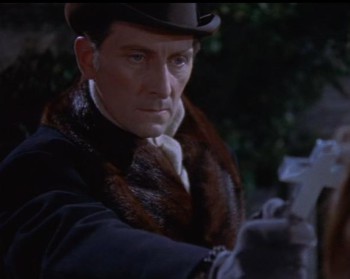
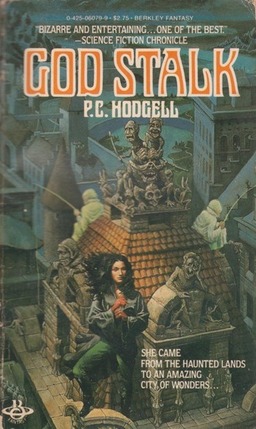
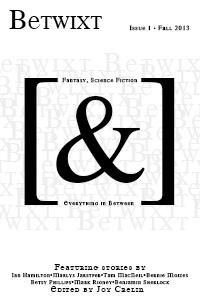
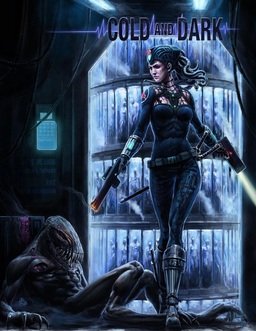
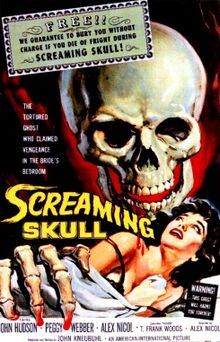

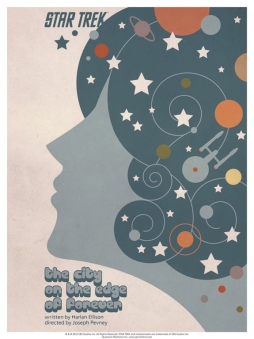 This is the second part of my attempt to write about Star Trek, and specifically the episode “The City on the Edge of Forever.” For reasons which I hope will soon make sense
This is the second part of my attempt to write about Star Trek, and specifically the episode “The City on the Edge of Forever.” For reasons which I hope will soon make sense 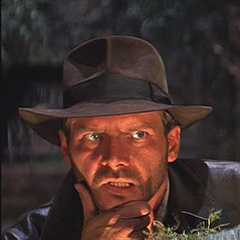
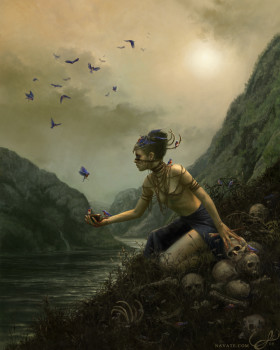
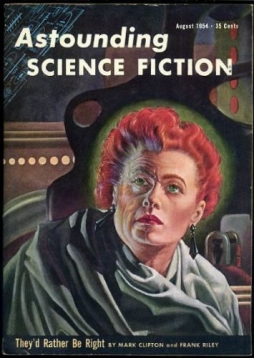 I want to write about Star Trek. Specifically, about the episode “The City on the Edge of Forever.” But I’m not going to do that right now. I’ll get there, but I’m going to start off by writing about a well-known prose sf story that to me parallels “City” in some interesting ways. Then, in my next post, I’ll go on to write about the Trek episode and make a fuller comparison (edit to add: time having passed,
I want to write about Star Trek. Specifically, about the episode “The City on the Edge of Forever.” But I’m not going to do that right now. I’ll get there, but I’m going to start off by writing about a well-known prose sf story that to me parallels “City” in some interesting ways. Then, in my next post, I’ll go on to write about the Trek episode and make a fuller comparison (edit to add: time having passed,